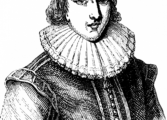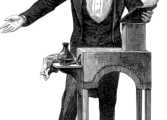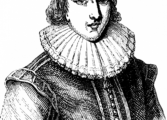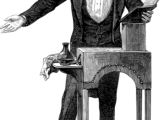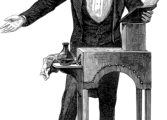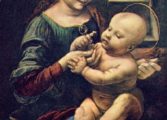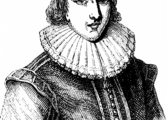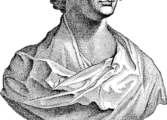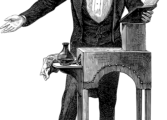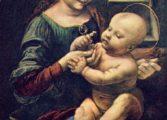Peter Høeg: The Enigmatic Storyteller Shaping Danish Literature
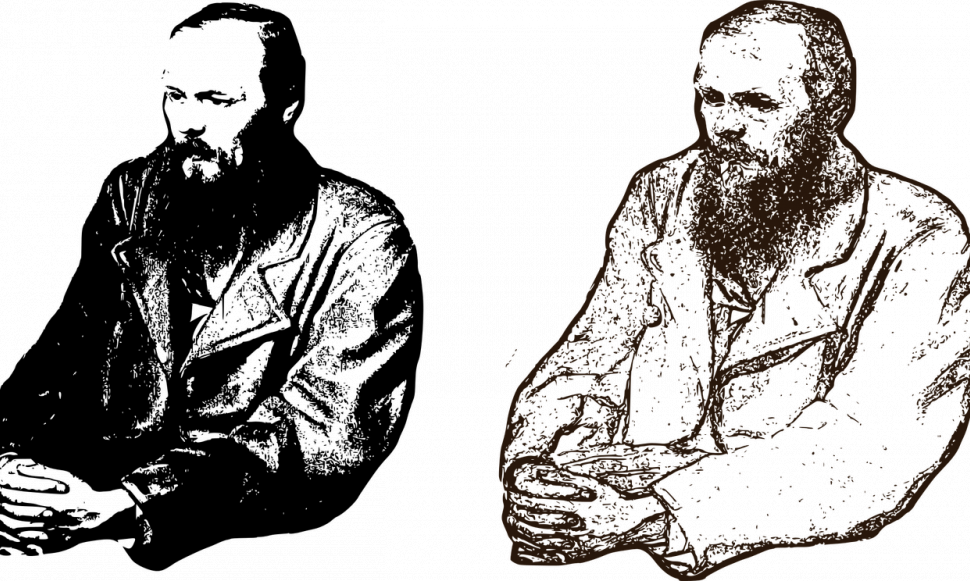
Introduction
Peter Høeg, a renowned Danish author, is known for his captivating storytelling and unique approach to literature. With a career spanning over several decades, Høeg has left an indelible mark on the literary world. This article aims to provide a comprehensive overview of Peter Høeg’s life, work, and the evolution of his writing style. Whether you are a fan of his novels or simply curious about his contributions to Danish literature, this article will offer valuable insights.
1. Early Life and Influences

Peter Høeg was born on May 17, 1957, in Copenhagen, Denmark. Growing up in a creative and intellectual family, he was exposed to a rich artistic environment from an early age. Høeg’s parents nurtured his passion for storytelling and encouraged his literary pursuits. As a child, Høeg spent countless hours immersed in books, fostering his love for literature and developing his unique narrative voice.
2. The Emergence of a Literary Genius
Høeg’s literary career took off with the publication of his debut novel, “The History of Danish Dreams,” in 1988. This groundbreaking work garnered critical acclaim for its bold exploration of Danish identity and its inventive narrative structure. Høeg’s ability to seamlessly blend philosophy, social commentary, and mystery earned him a dedicated following and established him as a literary force to be reckoned with.
3. The Evolution of Høeg’s Writing Style
Over the years, Peter Høeg’s writing style has undergone several notable changes. His early works, including “Miss Smilla’s Feeling for Snow” (1992) and “Borderliners” (1993), were characterized by intricate plots, complex characters, and a focus on social issues. These novels captivated readers with their thought-provoking themes and unconventional storytelling techniques.
In more recent years, Høeg has expanded his literary repertoire, experimenting with different genres and storytelling approaches. His novel “The Quiet Girl” (2006) delves into the realm of magical realism, blending elements of fantasy, mythology, and suspense. The introduction of these fantastical elements added a new layer of depth to Høeg’s work and showcased his versatility as an author.
4. Exploring Themes of Identity and Existence
One recurring theme in Peter Høeg’s oeuvre is the exploration of human identity in a rapidly changing world. His novels often center around characters struggling to find their place in society and grappling with existential questions. Through his nuanced character development and thought-provoking narratives, Høeg challenges readers to contemplate the complexities of human existence.
Additionally, Høeg’s works shed light on social and political issues, showcasing his keen observation of society. Whether it be the examination of Danish history in “The History of Danish Dreams” or the exploration of injustice and discrimination in “Miss Smilla’s Feeling for Snow,” Høeg’s novels offer a powerful commentary on the state of the world.
5. Legacy and Impact
Peter Høeg’s impact on Danish literature cannot be overstated. His innovative storytelling techniques and engaging narratives have inspired a new generation of writers. Høeg’s ability to seamlessly blend genres and provoke thought in readers has solidified his status as a literary icon.
Furthermore, Høeg’s works have achieved international acclaim, with translations of his novels allowing readers from around the globe to immerse themselves in his captivating narratives. His success has not only popularized Danish literature but also opened doors for other Danish authors to gain recognition on the global stage.
Conclusion
Peter Høeg’s contributions to literature are immeasurable. His unique narrative style, compelling characters, and thought-provoking themes have established him as one of Denmark’s most celebrated authors. Through his vast body of work, Høeg continues to captivate audiences and push the boundaries of storytelling. As his legacy grows, it is evident that Peter Høeg’s influence on the literary world will endure for generations to come.
References:
– [Insert references here]








